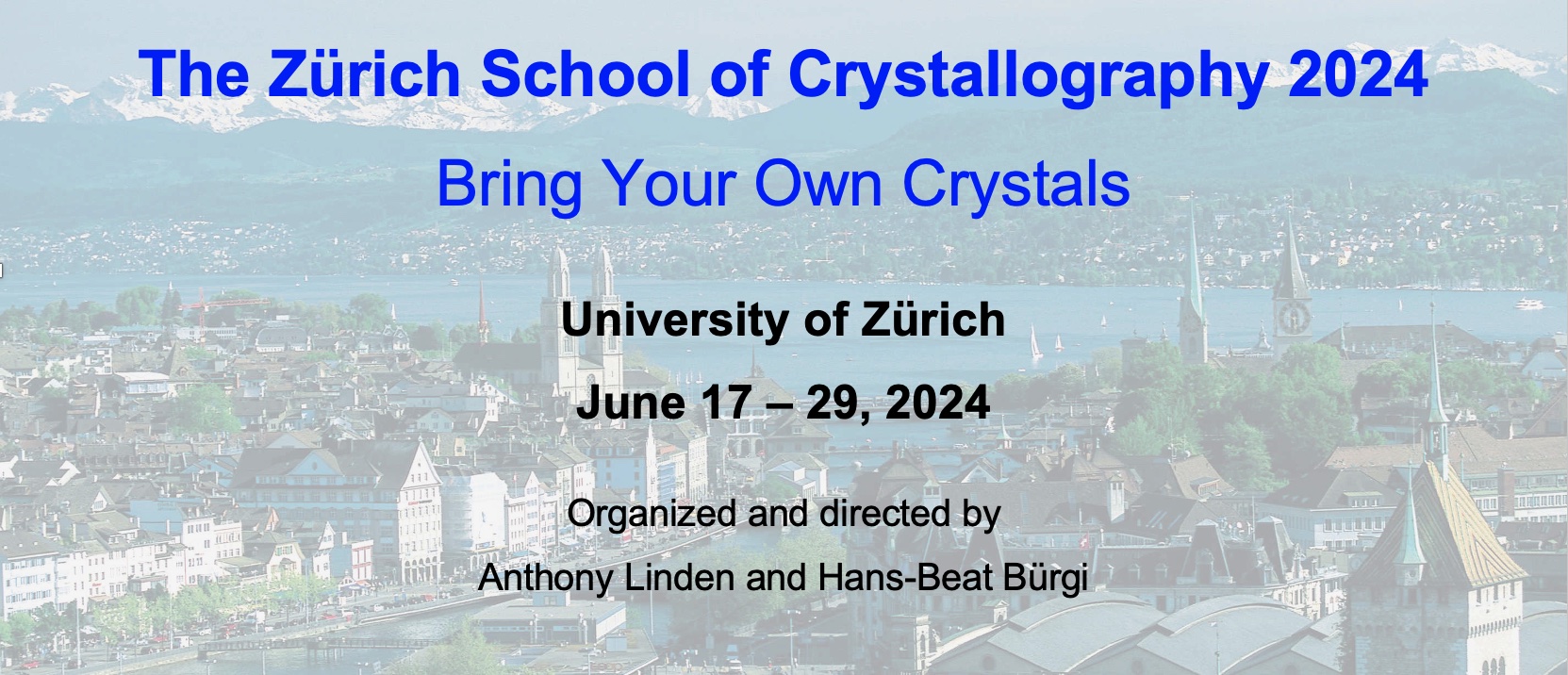
Tutors
We feel very fortunate that many of our colleagues from the universities of Bern, Geneva and Zürich, as well as from the Swiss Federal Institutes of Technology in Zürich (ETHZ) and Lausanne/Sion (EPFL) and the Institute of Physics in Prague have agreed to teach at the Zürich School of Crystallography. They bring to the School not only considerable experience in all aspects of teaching and conducting chemical crystallography, but also come from a broad range of diverse scientific backgrounds.
List of Tutors
.:. Olivier Blacque .:. Hans-Beat Bürgi .:. Gervais Chapuis .:. Birger Dittrich .:. Anthony Linden .:. Lorraine A. Malaspina .:. Lukas Palatinus .:. Eduard Rusanov .:. Farzaneh Fadaei Tirani .:. Nils Trapp .:. Michael WörleOlivier Blacque
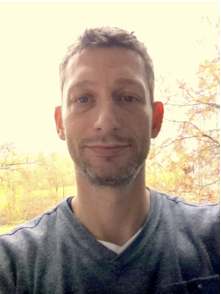 (Scientific collaborator, Department of Chemistry, University of Zürich, Switzerland)
(Scientific collaborator, Department of Chemistry, University of Zürich, Switzerland)
Olivier was born in Dijon, France, in 1971. He graduated from the University of Dijon and obtained his PhD (1999) under the supervision of Professor Marek Kubicki working on the structures of biscyclopentadienyl transition metal complexes using X-ray crystallography and DFT calculations. In 2000 he joined the University of Zürich as a post-doctoral associate and in 2006 he became a permanent staff member. He collaborates with different research groups of the Department of Chemistry working on many research projects with the aid of computational calculations and X-ray crystallography. He is credited to about 120 publications, 225 personal entries in the Cambridge Crystallographic Database, and more than 700 crystal structure analyses (more than 600 since 2006) facing common crystallographic problems related to organometallic chemistry. He has been a co-editor of Section E of Acta Crystallographica since 2009.
Hans-Beat Bürgi
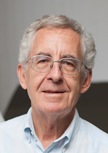 (Emeritus Professor, Department of Chemistry and Biochemistry, University of Bern and Department of Chemistry, University of Zurich, Switzerland)
(Emeritus Professor, Department of Chemistry and Biochemistry, University of Bern and Department of Chemistry, University of Zurich, Switzerland)
Hans-Beat taught the theoretical background and the practical aspects of X-ray crystal structure determination at the University of Bern, Switzerland for 29 years. He has applied crystallographic methods to the study of organic and inorganic materials (e.g. fullerenes). He is one of the pioneers in the field of data mining developed originally for the determination of chemical reaction pathways from crystal structure data. His current research deals with the dynamics of molecules in crystals from multi-temperature X-ray analyses. Other interests include the structure determination of severely disordered molecular crystals from diffuse scattering data.
Gervais Chapuis
 (Emeritus Professor, Laboratoire de Cristallographie, EPFL, Lausanne, Switzerland)
(Emeritus Professor, Laboratoire de Cristallographie, EPFL, Lausanne, Switzerland)
Gervais is emeritus professor of physics and crystallography at the Swiss Federal School of Technology in Lausanne. He has many years of teaching experience in crystallography at all levels for physicists, chemists and material scientists. For the last few years, he has been very active in developing a full, web based e-crystallography course which is now freely available. He is a member of the IUCr Commission on International Tables (editor of Volume B of International Tables), Editor-in-chief of the IUCr online dictionary and a consultant for the Commissions on Crystallographic Nomenclature and Aperiodic Crystals. Gervais' research interests are in the theoretical and experimental study of aperiodic, and in particular incommensurate, structures by diffraction experiments and molecular dynamics calculations.
Birger Dittrich
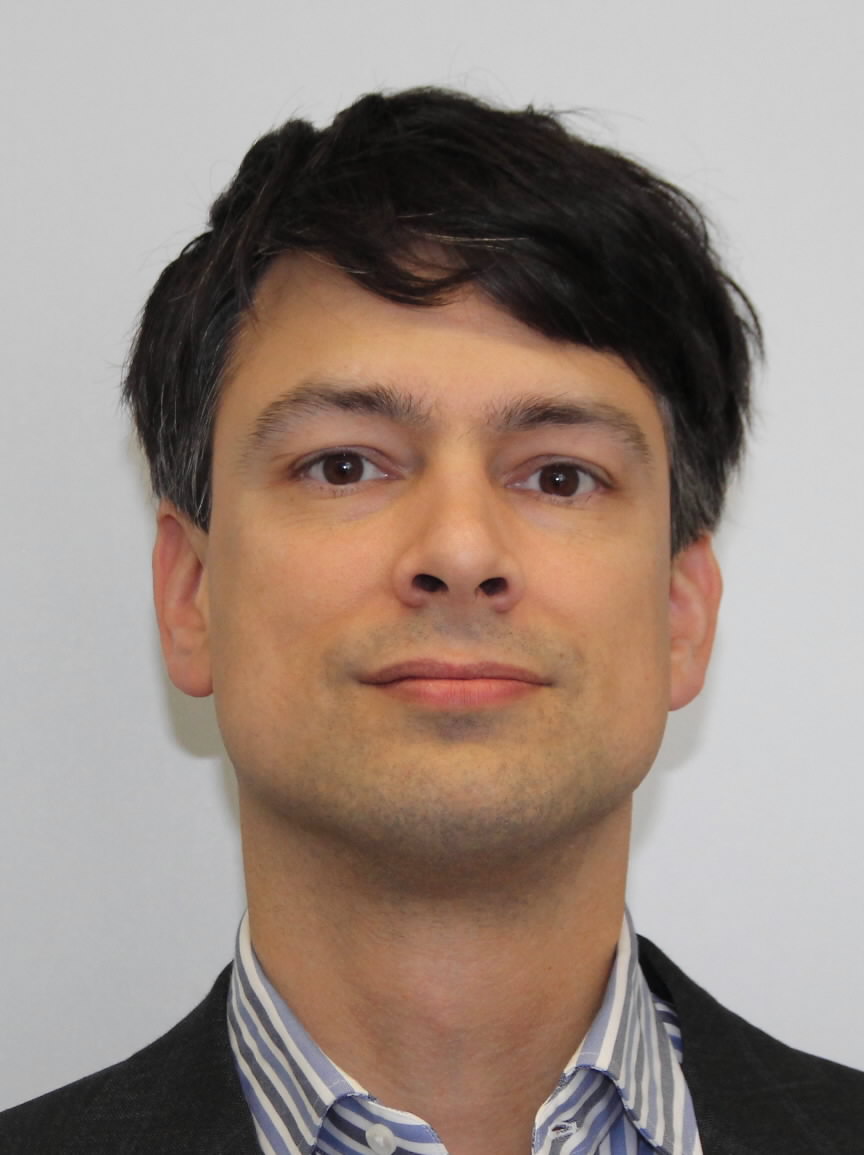 (Structural Chemist, Novartis, Switzerland)
(Structural Chemist, Novartis, Switzerland)
Birger obtained his PhD in crystallography working with Prof. P. Luger at the Free University of Berlin. His research interests focus on experimental and theoretical charge densities of molecular compounds ("quantum crystallography") of pharmaceutical interest and of selected macromolecules. His group developed the invariom database of aspherical scattering factors for crystal structure refinement. In 2007, after working as a postdoctoral researcher in Berlin and the University of Western Australia, he moved to Göttingen to lead an Emmy Noether Junior research group where he also became Privatdozent. In 2012 he took up a teaching Professorship in Inorganic Chemistry at the University of Hamburg and moved in 2015 to the Heinrich-Heine University in Düsseldorf. Since 2018 Birger works at Novartis Pharma in Basel.
Anthony Linden
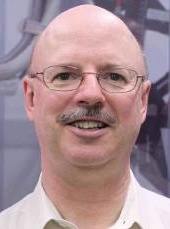 (Emeritus Professor in Chemical Crystallography, Department of Chemistry, University of Zürich, Switzerland)
(Emeritus Professor in Chemical Crystallography, Department of Chemistry, University of Zürich, Switzerland)Tony was born in Australia and studied at the University of Melbourne. For 33 years, he was Director of the X-ray Crystallography Facility in the Department of Chemistry of the University of Zürich and taught crystallography courses there. He has over 40 years experience in all aspects of small-molecule crystal structure determination involving a wide range of organic molecules, inorganic materials and organometallic complexes. He was a Main Editor of Section C of Acta Crystallographica from 2008-2017 and is currently on the Editorial Advisory Board of Section E of Acta Crystallographica.
Lorraine A. Malaspina
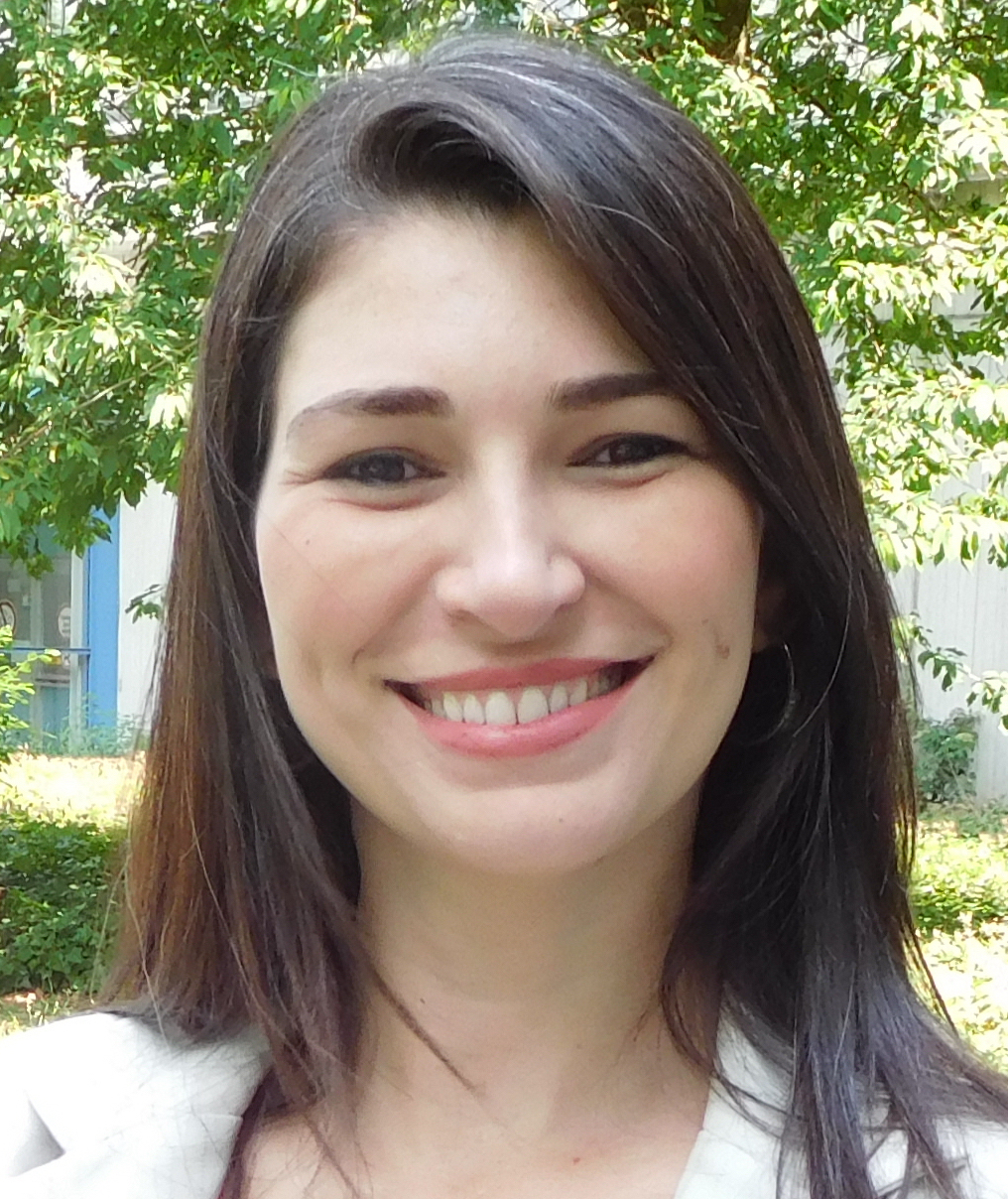 (Staff Crystallographer, Department of Chemistry, Biochemistry and Pharmaceutical Sciences, University of Bern, Switzerland)
(Staff Crystallographer, Department of Chemistry, Biochemistry and Pharmaceutical Sciences, University of Bern, Switzerland)Lorraine obtained her bachelor's and master's degree in physics in Brazil, followed by a PhD in chemistry at the University of Bremen in Germany. Currently she works at the Department of Chemistry, Biochemistry and Pharmaceutical Sciences of the University of Bern in Switzerland as member of the group of Dr. Simon Grabowsky. She is the developer of the software lamaGOET, an interface for different quantum crystallographic methods and also one of the code contributors to the software Tonto from Dylan Jayatilaka. Lorraine's laboratory experience working with small molecule and macromolecular crystallography stretches over 15 years working with X-ray diffraction (in house and synchrotron sources), Laue diffraction, neutron diffraction and computational chemistry, as well as molecular biology, biochemical, analytical and imaging techniques. Her specific interests are quantum crystallography and software development for quantum crystallography focusing on the determination of hydrogen atom parameters from X-ray diffraction.
Lukas Palatinus
 (Senior Research Scientist, Department of Structure Analysis, Institute of Physics, Prague, Czech Republic)
(Senior Research Scientist, Department of Structure Analysis, Institute of Physics, Prague, Czech Republic)Lukas is a crystallographer by education. He is interested in the solution of the phase problem by iterative dual-space methods, and is developing software for structure solution based on these methods, especially involving the charge-flipping algorithm. Lukas is currently working in the field of electron crystallography, especially on structure solution and refinement against electron diffraction data. One of his specific interests is in incommensurately modulated structures.
Eduard Rusanov
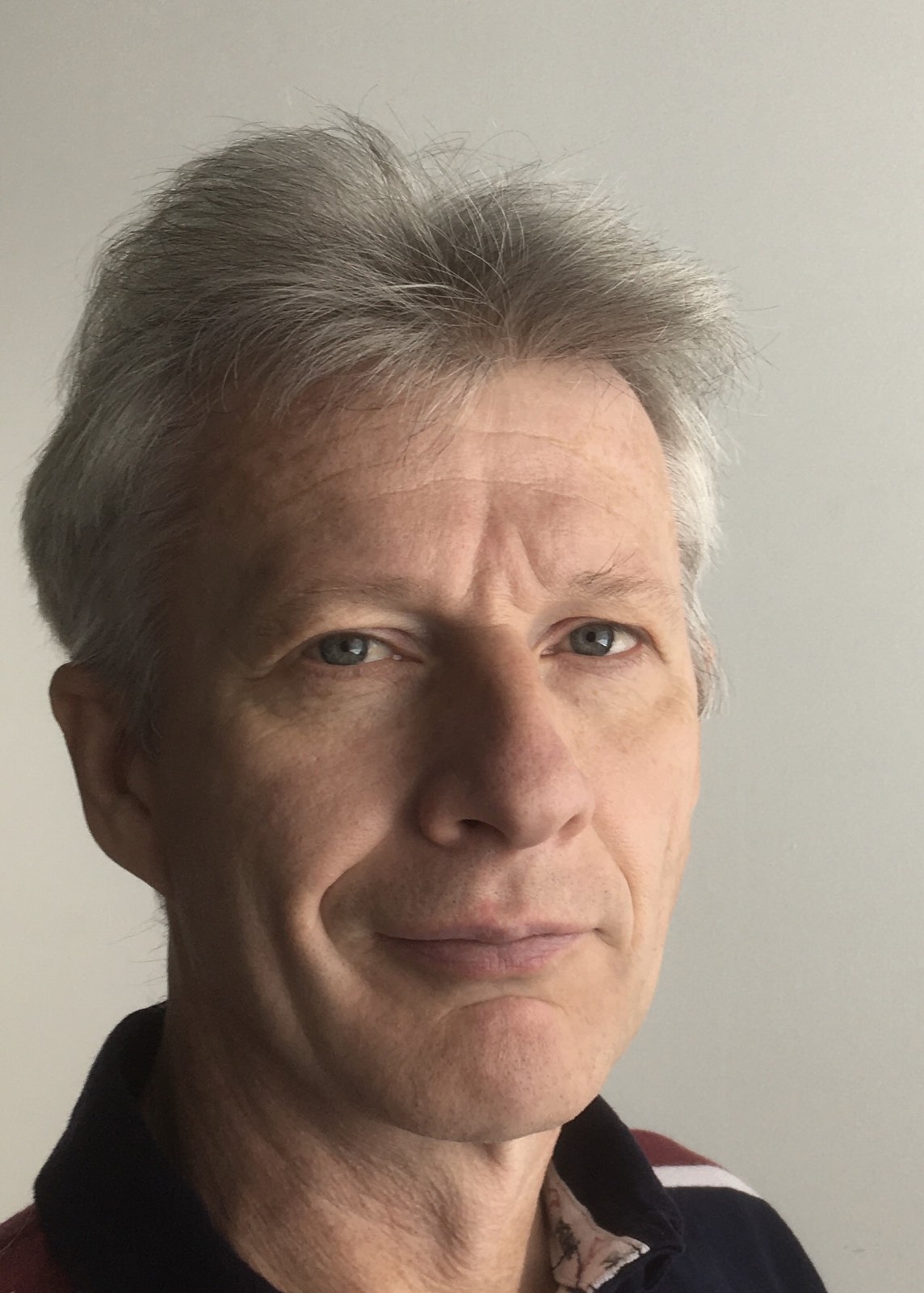 (Senior Research Scientist, Institute of Organic Chemistry, National Academy of Sciences of Ukraine, Kiev, Ukraine)
(Senior Research Scientist, Institute of Organic Chemistry, National Academy of Sciences of Ukraine, Kiev, Ukraine)Eduard is a crystallographer from Ukraine with extensive experience for over 30 years in the field of small molecule crystallography. He is head of the crystallographic facility at the Institute of Organic Chemistry, NAS Ukraine. Currently he is working at ETH Zurich.
Farzaneh Fadaei Tirani
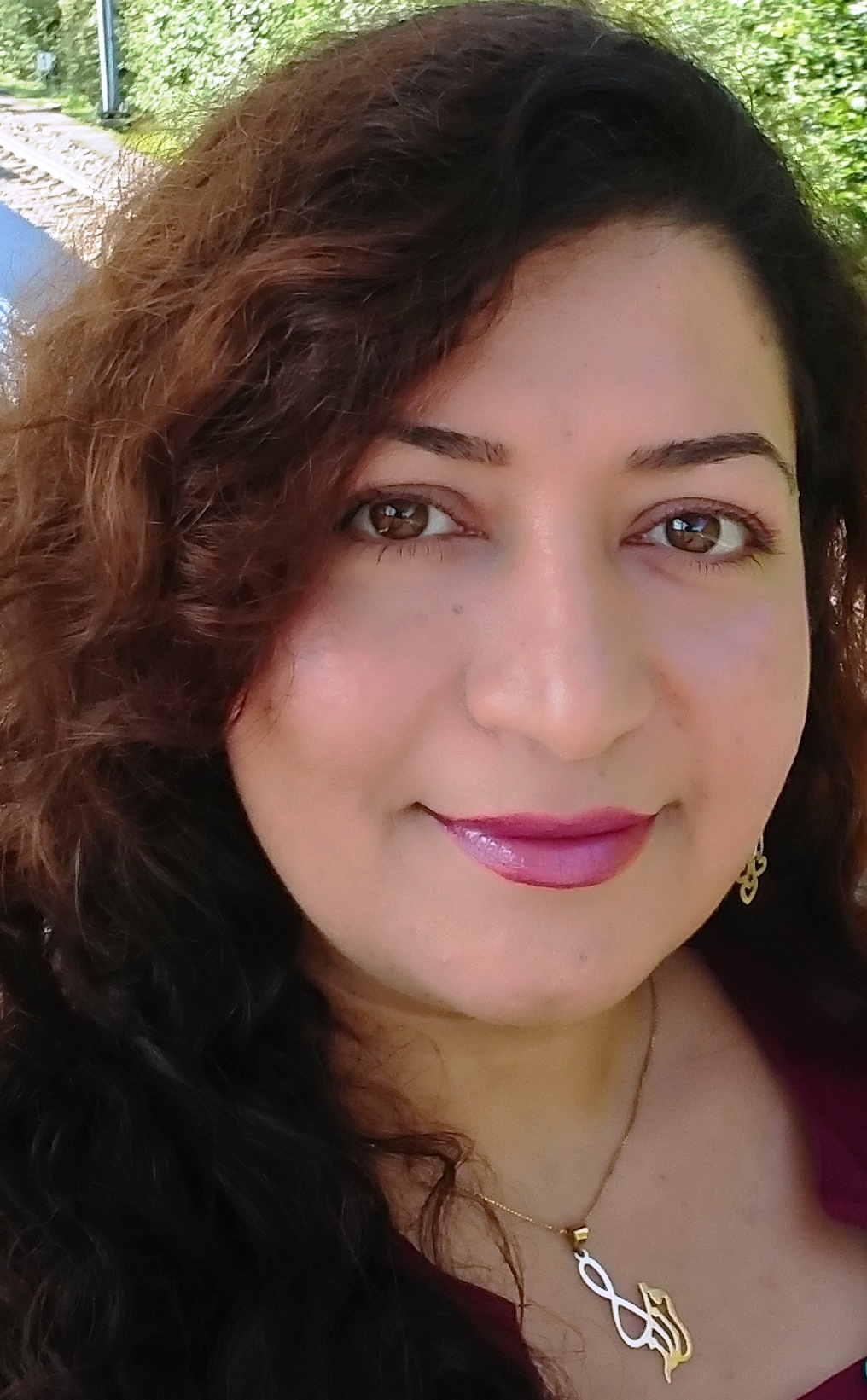 (Crystallographer with the X-ray lab at the Institute of Chemical Sciences and Engineering, EPFL, Lausanne, Switzerland)
(Crystallographer with the X-ray lab at the Institute of Chemical Sciences and Engineering, EPFL, Lausanne, Switzerland)Farzaneh obtained her PhD in inorganic chemistry from the Isfahan University of Technology in 2013. During her PhD and a post-doctoral stay at EPFL, she discovered her passion for crystallography. In 2016, she began working for ISIC and became tenured in 2019. She is routinely solving structures of small molecules, supramolecular assemblies and MOFs. She is particularly interested in phase transitions of perovskites and modulated organic molecules. She also enjoys teaching and training the users of the Open Access Facility at the EPFL.
Nils Trapp
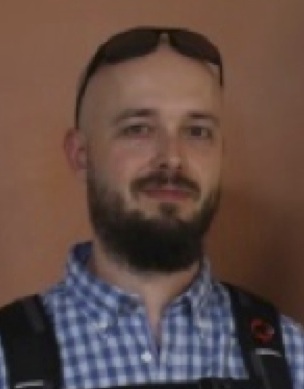 (Staff Crystallographer at the Small Molecule Crystallography Center, Department of Chemistry and Applied Biosciences, ETH Zürich, Switzerland)
(Staff Crystallographer at the Small Molecule Crystallography Center, Department of Chemistry and Applied Biosciences, ETH Zürich, Switzerland) Originally an inorganic chemist focusing on extremely air- and temperature sensitive compounds, Nils became interested in single crystal diffraction early on and is still fascinated by the method. He also has a background in computational chemistry and vibrational spectroscopy. His current fields of interest include the development of small molecule batch-crystallization techniques and chiral recognition in alleno-acetylenic cage receptors. Nils does about 400 crystal structures per year for the chemistry department at ETH Zürich and is teaching crystallography for undergraduates and master students.
Michael Wörle
 (Lecturer and Head of the Small Molecule Crystallography Center, Department of Chemistry and Applied Biosciences, ETH Zürich, Switzerland)
(Lecturer and Head of the Small Molecule Crystallography Center, Department of Chemistry and Applied Biosciences, ETH Zürich, Switzerland)Michael is doing research in the field of inorganic solid state chemistry: synthesis as well as the study of structural, chemical and physical properties of a wide range of solids (group of Prof. Reinhard Nesper). During the course of his work over the last 23 years he has been concerned with common crystallographic problems related to solid state chemistry such as twinning, disorder and pseudosymmetry. Michael is teaching crystallography at the ETH Zürich, Switzerland and is currently Secretary of the Swiss Society for Crystallography.